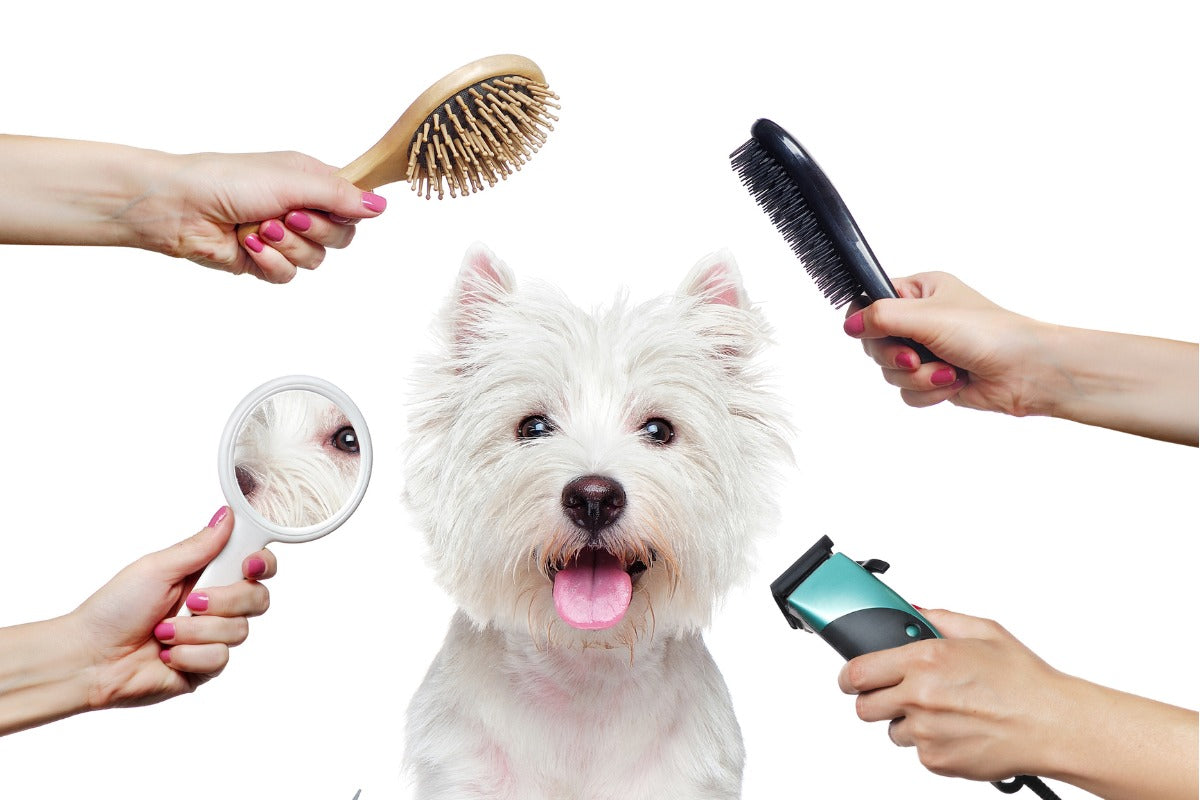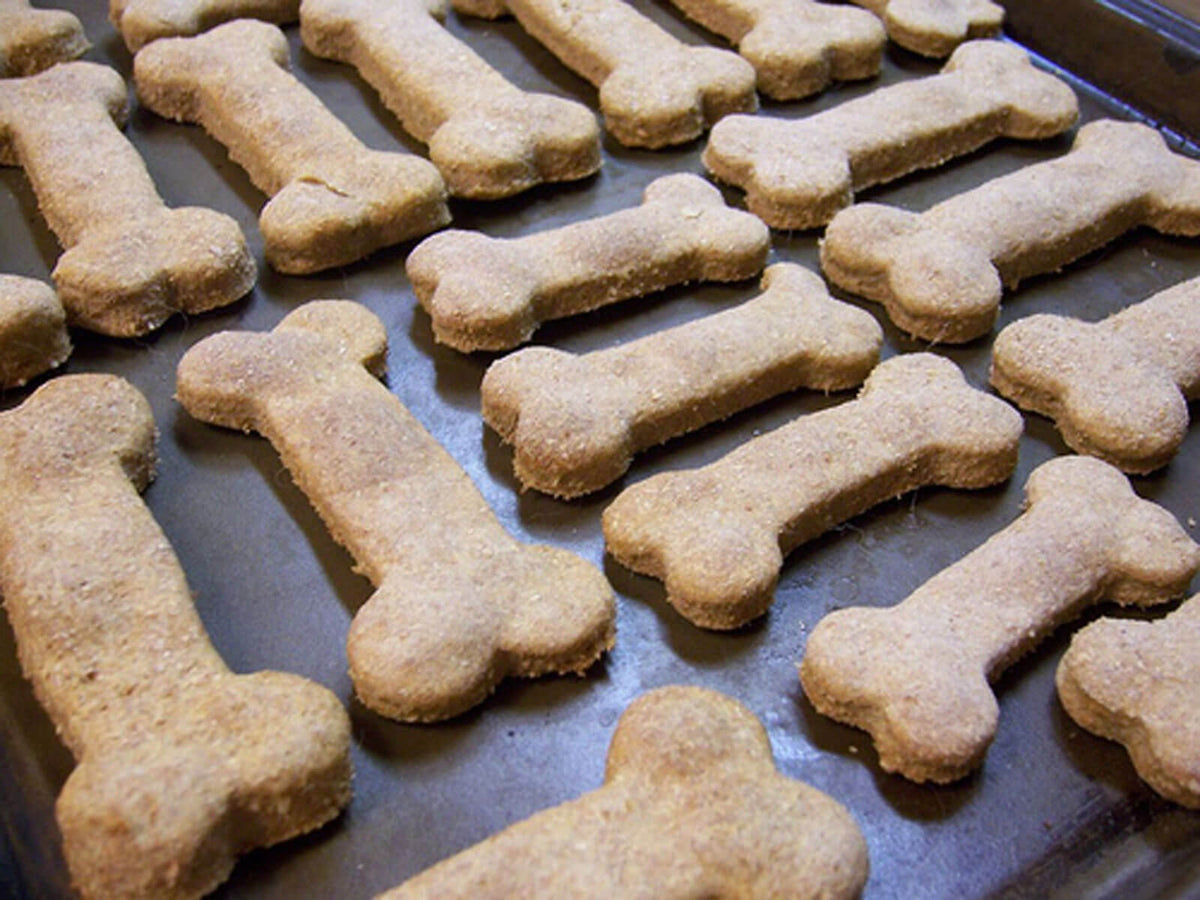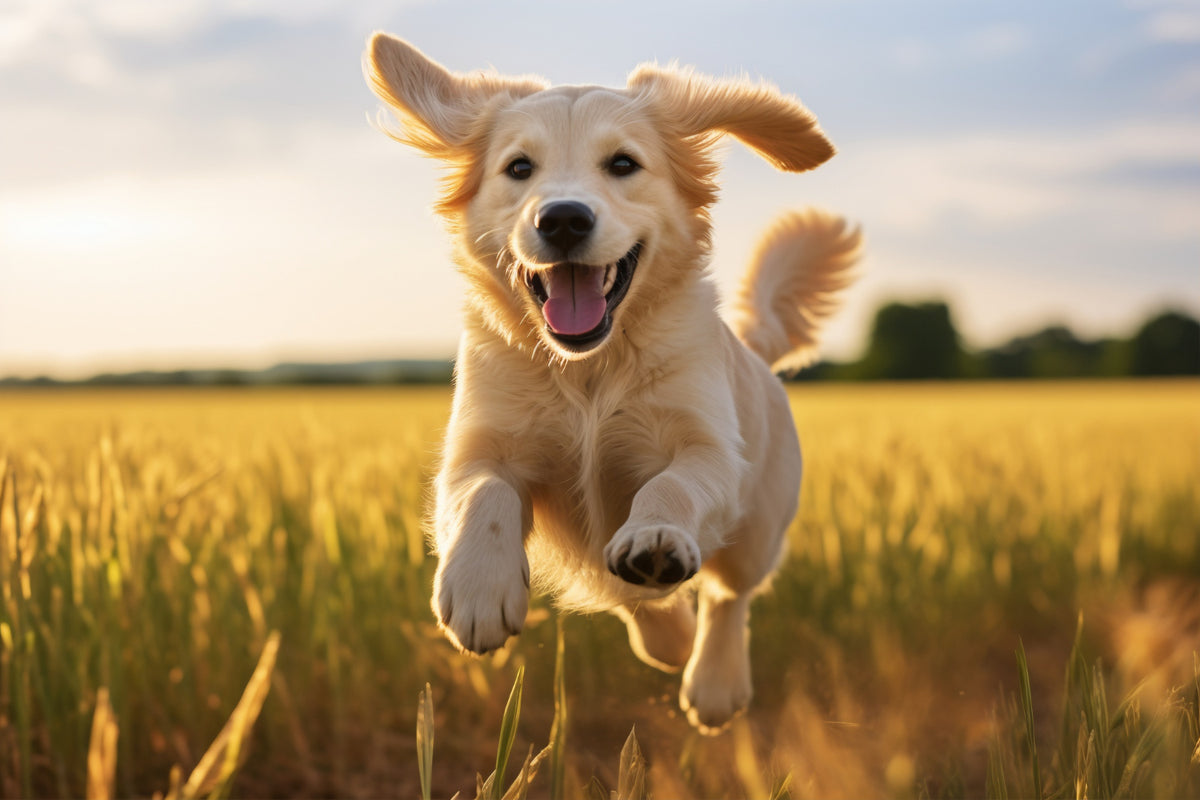Ulimate Guide to Dog Grooming Equipment and Techniques

Guest blog post written by Emma Luna, Waggz
Dog grooming is an art form, and like any artist, a groomer needs the right tools to create their masterpiece. Whether you're a professional pet groomer or just want to keep your furry friend looking their best at home, having the right dog grooming equipment is essential. In this comprehensive guide, we'll explore the world of dog grooming tools and techniques, drawing from real-life experiences and expert insights.
The Basics of Dog Grooming Equipment
Understanding the Essentials
To embark on our journey through the world of dog grooming, let's start with the basics. Before diving into the nitty-gritty details, it's crucial to understand the essential tools you'll need:
- Brushes and Combs: A good grooming session begins with proper brushing. Different breeds require different types of brushes, from slicker brushes for long-haired dogs to curry combs for short-haired breeds.
- Clippers and Shears: Clippers are essential for trimming a dog's coat, while shears come in handy for precision work, such as around the ears and paws.
- Nail Clippers: Keeping your dog's nails at the right length is crucial for their comfort and health. Nail clippers come in various styles, including guillotine, scissor, and grinder types.
- Shampoo and Conditioner: Selecting the right grooming products for your dog's coat type is vital. Options range from hypoallergenic shampoos to specialized formulas for breeds with specific needs.
- Towels and Dryers: Towels help absorb excess moisture after a bath, while dryers come in handy for fluff drying or blowing out thick coats.
Now that we've covered the essentials let's delve deeper into each of these categories.
Brushes and Combs: The Foundation of Grooming
Brushes and combs are the unsung heroes of dog grooming. Their role in maintaining a dog's coat health cannot be overstated. Here's a closer look at the different types and their applications:
Slicker Brushes
Slicker brushes are excellent for removing tangles and mats in long-haired breeds. They have fine wire bristles that penetrate the coat, reaching down to the undercoat. Remember to be gentle to avoid causing discomfort or skin irritation.
Curry Combs
Short-haired dogs benefit from curry combs. These rubber or plastic brushes help remove loose hair and stimulate the skin's natural oils. They're also fantastic for giving your dog a gentle massage.
Bristle Brushes
Bristle brushes are versatile and work well on most coat types. They distribute natural oils, leaving your dog's coat with a healthy shine. Choose soft bristles for sensitive dogs and stiffer ones for tougher coats.
Clippers and Shears: Precision and Style
When it comes to shaping and styling your dog's coat, clippers and shears are your best friends. However, they serve different purposes:
Clippers
Clippers are designed for bulk hair removal. They come with different blade sizes, allowing you to adjust the cutting length. Always choose clippers that match your dog's coat type, as heavy-duty clippers are best for dense fur.
Shears
Shears, on the other hand, offer precision trimming. Whether it's creating intricate patterns or detailing around sensitive areas like the ears and paws, shears are essential for the finishing touches.
Nail Clippers: Safety First
Trimming your dog's nails can be a daunting task, but it's crucial for their well-being. Nail clippers come in various styles, but safety should always be the priority. Opt for clippers with a safety guard to prevent over-cutting, and remember to cut at a 45-degree angle to avoid the quick.
Shampoo and Conditioner: Coat Care
Selecting the right grooming products can make a world of difference in maintaining your dog's coat health. Here are some factors to consider:
Coat Type
Different breeds have different coat needs. Research your dog's breed to determine whether they have sensitive skin, allergies, or require special formulas.
Allergies and Skin Conditions
If your dog has allergies or skin conditions, consult with a veterinarian to find a suitable shampoo and conditioner. Hypoallergenic options are available for sensitive pups.
Towels and Dryers: The Finishing Touch
After a bath, it's essential to dry your dog properly. Towels help absorb excess moisture, while dryers are handy for fluff drying or removing loose fur. Keep in mind that high-velocity dryers can be noisy, so consider your dog's comfort during the drying process.
Techniques for a Professional Finish
With the right dog grooming equipment in hand, it's time to explore the techniques that will help you achieve a professional finish:
Bathing
- Preparation: Brush your dog before the bath to remove tangles and mats. Place cotton balls in their ears to prevent water from entering.
- Water Temperature: Use lukewarm water to make your dog comfortable. Ensure that the shampoo is thoroughly rinsed to prevent skin irritation.
- Massage: While shampooing, give your dog a gentle massage to stimulate their skin and relax them.
Brushing and Drying
- Brushing: After the bath, use the appropriate brush for your dog's coat type. Brush in the direction of hair growth to prevent breakage.
- Drying: Towel-dry your dog and use a dryer on the lowest heat setting. Keep the dryer moving to avoid overheating their skin.
Clipping and Shearing
- Clipper Basics: Start with clean, dry fur. Hold the clippers at a slight angle and move in the direction of hair growth. Keep a steady hand to achieve an even cut.
- Shear Precision: For delicate areas like the face and paws, use shears. Hold the shears parallel to the body and make small, controlled cuts.
Nail Trimming
- Safety First: Choose a quiet and comfortable space for nail trimming. Use a proper nail clipper and aim to cut just the tip, avoiding the quick.
- Desensitization: If your dog is anxious about nail trimming, desensitize them by touching their paws regularly, making it a positive experience.
Real-Life Experiences: Learning from the Pros
Now that we've covered the basics and techniques let's hear from real-life dog groomers who've honed their skills through years of experience.
Jenny's Journey to Becoming a Grooming Pro
Jenny, a seasoned dog groomer with over a decade of experience, shares her insights:
"When I started as a groomer, I was overwhelmed by the variety of dog grooming equipment available. I learned the hard way that using the right tools for each dog's coat type is essential. It not only makes the grooming process smoother but also ensures the dog's comfort. Over the years, I've developed a keen eye for recognizing a dog's needs and selecting the right equipment."
Mark's Top Grooming Tips for Home Groomers
Mark, a dog owner who grooms his Golden Retriever at home, offers some valuable advice:
"Grooming my dog at home has been a bonding experience for us. I've learned that patience and consistency are key. I invested in quality grooming equipment, and it's made a world of difference. But most importantly, I take it one step at a time and always reward my dog with treats and praise for being a good boy during the process."
Conclusion: Mastering the Art of Dog Grooming
Dog grooming equipment and techniques are not just about keeping your pet looking good; they're about maintaining their health and well-being. Whether you're a professional groomer or a pet owner looking to provide the best care, the right tools and knowledge make all the difference.
In our ultimate guide, we've covered the essential grooming equipment, techniques, and shared insights from real-life experiences. Remember that every dog is unique, so adapt your grooming routine to their individual needs. With patience, practice, and the right equipment, you'll become a dog grooming pro in no time.
Leave a comment
Comments will be approved before showing up.



